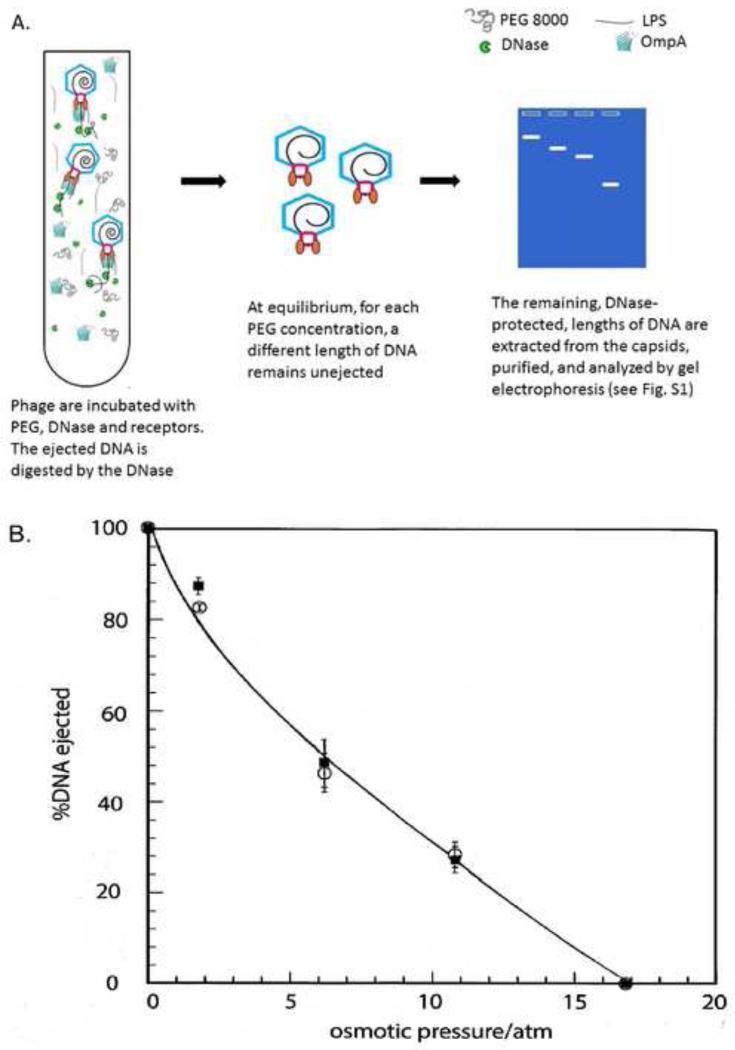Figure 1. The extent of genome ejection is controlled by osmotic pressure.
A. cartoon of P22 in vitro ejection. The purified phage is incubated in PEG8000 and DNase. Receptor is then added, triggering ejection of progressively less DNA as the osmotic pressure increases; ejected DNA is digested by the DNase, and the protected DNA that remains in the capsid is extracted and its length analyzed by gel electrophoresis. B. Measured DNA ejection percentage from P22 at various osmotic pressures under different receptor conditions: P22+LPS (○); P22+LPS+OmpA (■). Ejection is triggered by addition of receptor (LPS, or LPS and OmpA) in the presence of PEG and DNase I; the DNase is inactivated; and the DNA remaining in the capsids is extracted, run on an agarose gel, and the unejected length calculated from an accompanying DNA ladder. % DNA ejection is relative to the full-length DNA. The solid curve is drawn to aid the eye.

